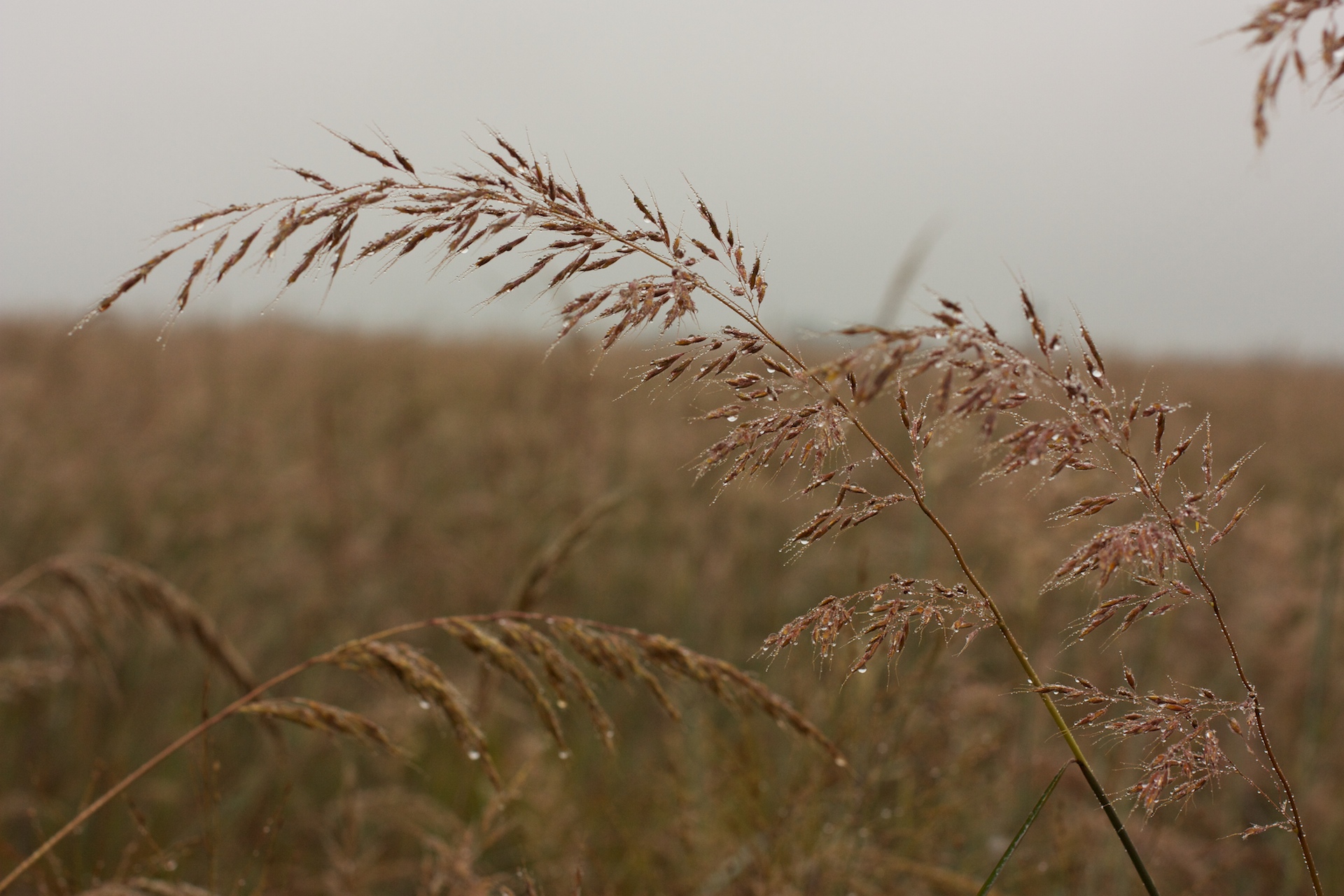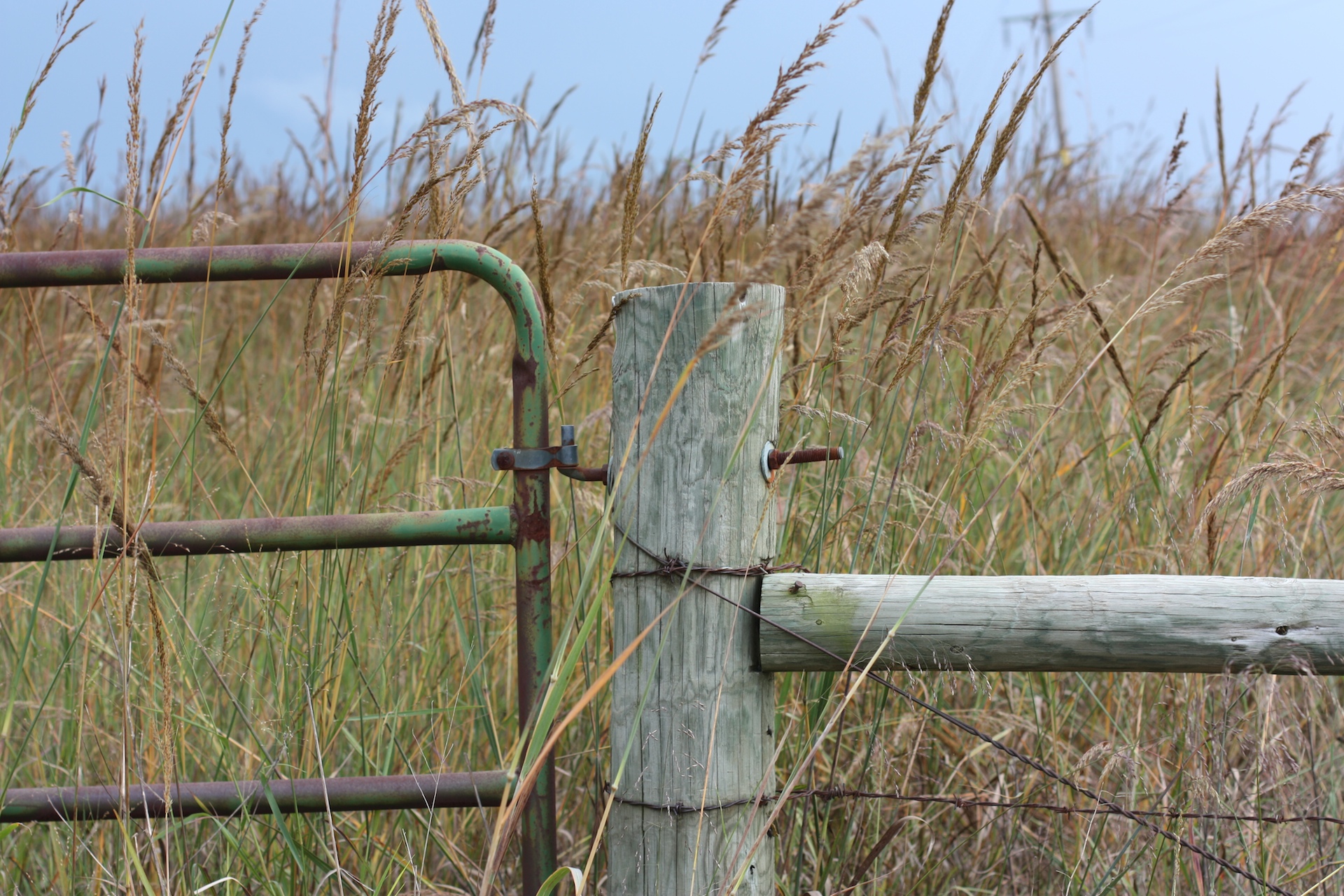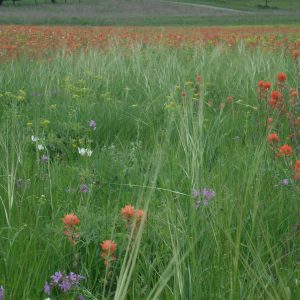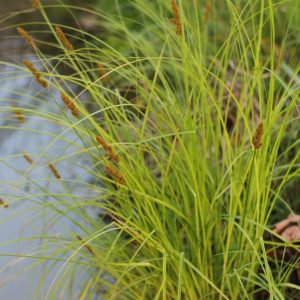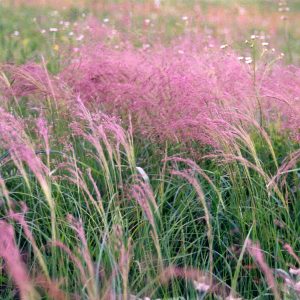Indiangrass
Sorghastrum nutans
Establishes quickly in plantings; golden plume-like seed head.
Note: This item is sold by the PLS pound.
*Current inventory of Missouri Native contains Big Bluestem
$3.00 – $19.60
For quantity discount pricing, request a quote.
Description
Sorghastrum nutans, commonly known as Indiangrass, Yellow Indiangrass, Golden Feather Grass, and Indian Reed, is a native perennial warm season grass. It typically grows 4-6 feet tall and establishes quickly in plantings. During the first year of growth, most of its energy goes into developing a strong root system. Above ground growth can vary, depending on weather and competition from other plants. While it is possible to get seed heads on a first-year plant if conditions are favorable, it is more likely that seed heads will develop in the second year of growth. Seed heads darken to a burnt orange in the fall. As a small seedling, Indiangrass can be confused with Broomsedge, Crabgrass, or Foxtail. We offer the following varieties/cultivars: Cheyenne, Osage, Rumsey, and Missouri native.
Forage notes
This warm-season grass is an excellent forage plant and is one of the most important native tall grasses. It is highly nutritious and readily eaten by all kinds of livestock, especially when the plants are young and green. This grass provides a large amount of forage for the ground it occupies and makes excellent hay. It can be established from seed and will produce 2-3 tons of cured hay per acre. It is becoming increasingly popular for seeding as a hay grass, either by itself or in mixes with other native grasses. Continuous close grazing before maturity reduces plant vigor and will ultimately result in replacement of Indiangrass by less desirable species. Good grazing practices are an important factor in its success. Indiangrass is very drought resistant and does most of its growing during the warm summer months. In most pasture situations, no fertilizer additions are needed.
Wildlife notes
Because of its height and tendency to remain erect, it provides nesting habitat and protective cover for many kinds of birds, including the Ring-necked Pheasant, Greater Prairie Chicken, Northern Bobwhite Quail, Mourning Dove, and Field Sparrow. The plant is also used as nesting material for native bees and is a larval food source for several species of butterfly. Deer use as cover.
Landscaping notes
This species does well as a vertical accent for borders. It is easily grown in average, dry to medium wet, well-drained soil in full sun. Indiangrass tolerates a wide range of soils including heavy clay. Use in fresh cut or dried floral arrangements for a lovely textural accent.
Restoration notes
Indiangrass can be utilized in restoration efforts by planting on slopes for erosion control. It withstands occasional flooding and benefits from repeated burning. Indiangrass, along with Big Bluestem, Little Bluestem, and Switchgrass, make up the four major grasses once found in the tallgrass prairie that covered the central United States.
Videos About This Plant
To learn more about this plant, check out our videos about it and its uses.
How to Identify Indiangrass Seedlings in a First Year Planting
Additional information
| Weight | N/A |
|---|---|
| Light | Full Sun to Part Shade |
| Seeding Rate | 10 PLS lbs/acre |
| Soils | Dry, Average, Moist |
| Height | 48"-60" |
| Bloom Month | Aug, Sep |
| Cattle Palatability | Good |
| # seeds/pkt | 200 |
| Packet coverage area | 5 sq. ft |
| Life Cycle | Perennial |


